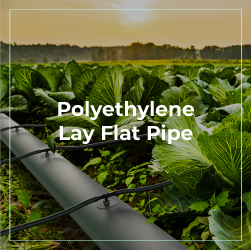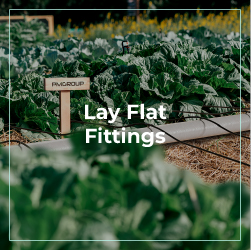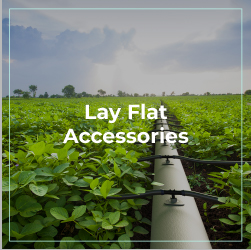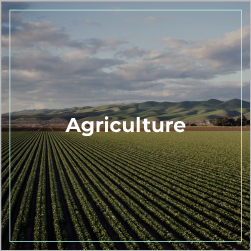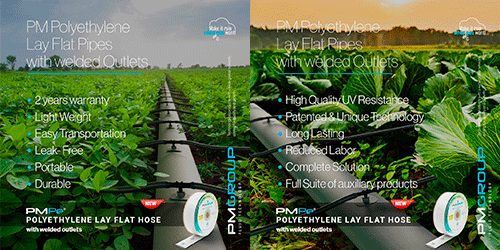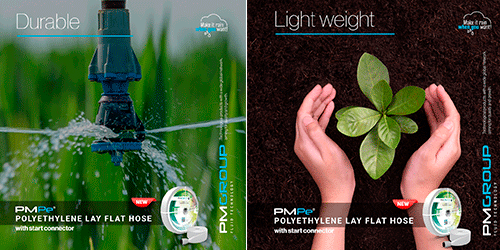Benefits of Drip Irrigation
One of the primary benefits of drip irrigation is its water efficiency. By targeting the roots of plants, this method reduces water usage by up to 50% compared to conventional sprinkler systems. This is especially crucial in regions facing water scarcity, where every drop counts. Additionally, drip irrigation helps maintain soil moisture levels, which is vital for plant health and productivity. This system also reduces the risk of diseases caused by excess moisture on plant foliage, making it an ideal choice for both commercial and home gardening applications.
In addition to regular maintenance, it’s beneficial to monitor the soil moisture levels to ensure that the system is providing adequate water without over-saturating the soil. Using moisture sensors can help automate this process, allowing for more precise control over watering schedules. Furthermore, seasonal adjustments may be necessary to accommodate changing weather conditions, ensuring that your plants receive the right amount of water throughout the year. By integrating technology and monitoring techniques, you can maximize the efficiency of your drip irrigation system, making it an even more effective solution for sustainable gardening and agriculture.
Installation and Maintenance of Drip Irrigation
Installing a drip irrigation system involves laying out tubing and emitters that are strategically placed to match the layout of your garden or crop field. Although the initial setup may require an investment in materials and time, the long-term savings in water usage and increased crop yields make it a worthwhile endeavor. Maintenance is relatively straightforward, requiring regular checks for clogs and leaks, as well as occasional adjustments to ensure optimal performance. With proper care, a drip irrigation system can last for many years, providing reliable irrigation for various plants.
Installing a drip irrigation system involves laying out tubing and emitters that are strategically placed to match the layout of your garden or crop field. The design should consider the specific needs of your plants, including their water requirements and spacing. Although the initial setup may require an investment in materials and time, the long-term savings in water usage and increased crop yields make it a worthwhile endeavor. Maintenance is relatively straightforward, requiring regular checks for clogs and leaks, as well as occasional adjustments to ensure optimal performance. With proper care, a drip irrigation system can last for many years, providing reliable irrigation for various plants.
Applications in Agriculture and Gardening of Drip Irrigation
Drip irrigation is versatile and can be applied in various settings, from large agricultural fields to small home gardens. In commercial farming, it enables farmers to optimize their water resources while increasing yield and crop quality. In home gardening, it simplifies the watering process, allowing gardeners to spend less time on irrigation and more time enjoying their plants. Additionally, irrigation can be easily adapted to different crops and soil types, making it a flexible solution for diverse agricultural needs.
In summary, drip irrigation represents a modern and sustainable approach to watering plants that significantly conserves water while promoting healthier growth. Its numerous benefits, combined with its adaptability and ease of maintenance, make it an essential technique for both professional farmers and hobby gardeners alike. Embracing irrigation can lead to more efficient water use and improved crop yields, making it a vital component of sustainable agriculture practices.

